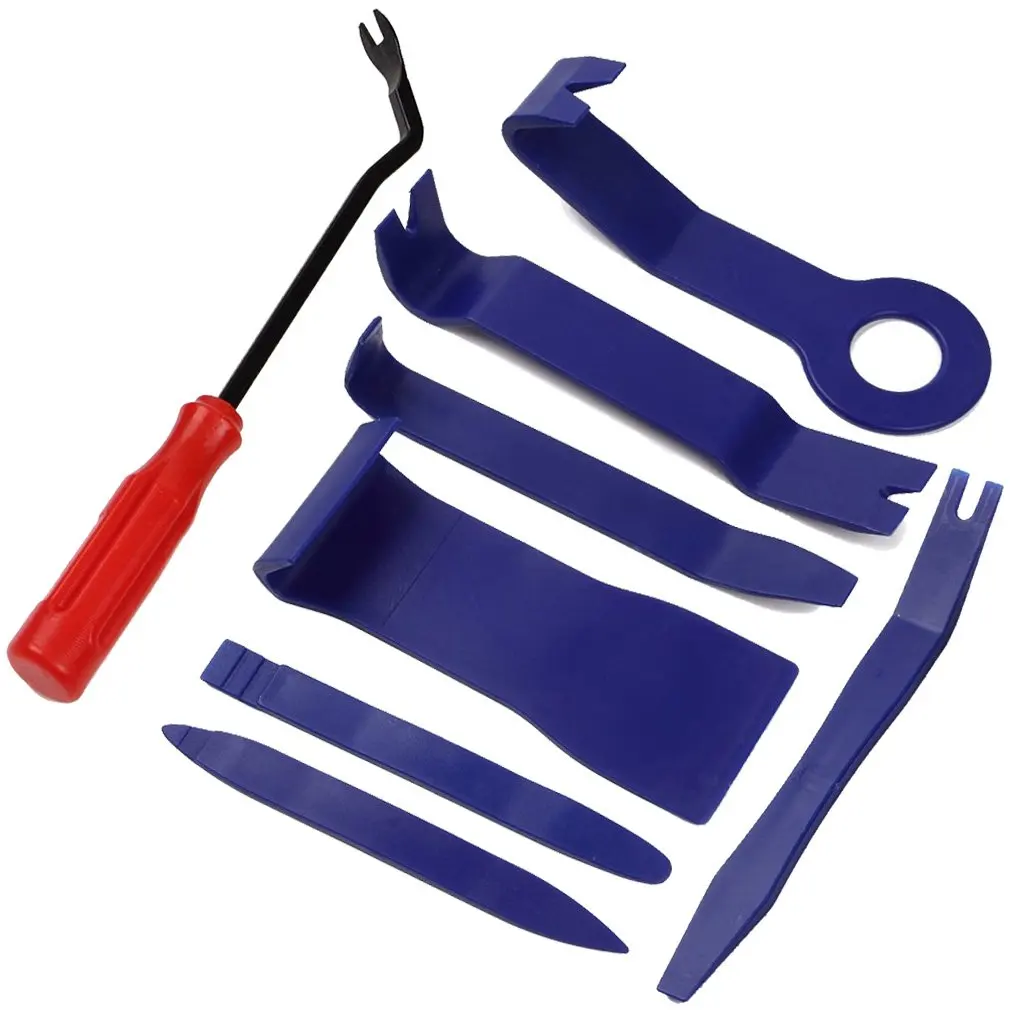
This is complicated by the original fabrication methods of hot rivets and multiple layers of plated steelworks Over time, steel bridges become corroded and need strengthening and repairs. This range is developed to help fabricators and site workers get the best results in the time available

We recognise there are a range of unique challenges for bridge works including tight access, corroded materials, and time pressure from possessions. Occasionally, a punch may be required to push the rivet out.Bridge strengthening and steelwork repair is an essential part of keeping transport flowing and keeping passengers safe Usually, the rivet can then be easily removed. Repeat until the rivet head is detached.Find a cold chisel or a similarly blunt-edged tool (a slot-head screwdriver works just fine), place the sharp end of the tool against the rivet head’s edge then hit the other end of the tool with a hammer.(This is probably not the method of choice if you value the appearance of the object that’s riveted this procedure can mar the surface.) Remember, it’s always a good idea to wear safety glasses when drilling into metal.Ī third method is crude, but it works. If it doesn’t, try the next larger-size drill bit. Insert the bit into the drill, center the bit in the hole, and drill at a slow speed through the center of the rivet’s sleeve.

Next, find a twist drill bit that’s just the next size larger than the rivet’s mandrel.First, if the rivet doesn’t have a discernible center, you’ll have to create a divot, a place for the drill to start, using a hammer and a center punch or narrow nail set.

If you’re only removing a few rivets, a more accessible method is to use a plain drill bit.

The rivet is inserted into the hole and, using a rivet gun the mandrel is withdrawn through the tube.
Rivet removal tool how to#
How to Install a Pop RivetĪfter the two sections to be riveted are aligned, a hole that’s the diameter of the rivet is drilled through the layers to be joined. Made of a soft metal, usually aluminum or copper, a pop rivet consists of a small nail, called a mandrel, inserted into a tube. Around the house, they are most typically used to join sections of gutters and downspout fittings. Pop rivets are used to join two pieces of thin material, such as plastic or aluminum, from one side, eliminating the need to access the back of the workpiece. (“Pop rivet” is actually a genericized term for the Stanley Engineered Fastening’s POP brand rivets.) These days, the rivet you will most likely encounter is a smaller, lighter-duty version called a blind or “pop” rivet.
Rivet removal tool manual#
While one worker applied pressure to the head, another worker then peened over the tail protruding from the steel with a manual or pneumatic hammer. These rivets were thick iron plugs with mushroom-shaped heads that were heated until they were red-hot and placed into holes in the steel. Before the widespread use of the structural bolt, rivets were used to join steel plates that became bridges, skyscrapers, tanks, airplanes, and ships. If you hear the word “rivet” and immediately think of an industrious woman named Rosie, your point of reference would be sometime in the last century.


 0 kommentar(er)
0 kommentar(er)
